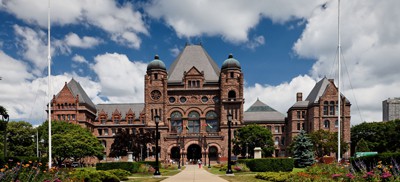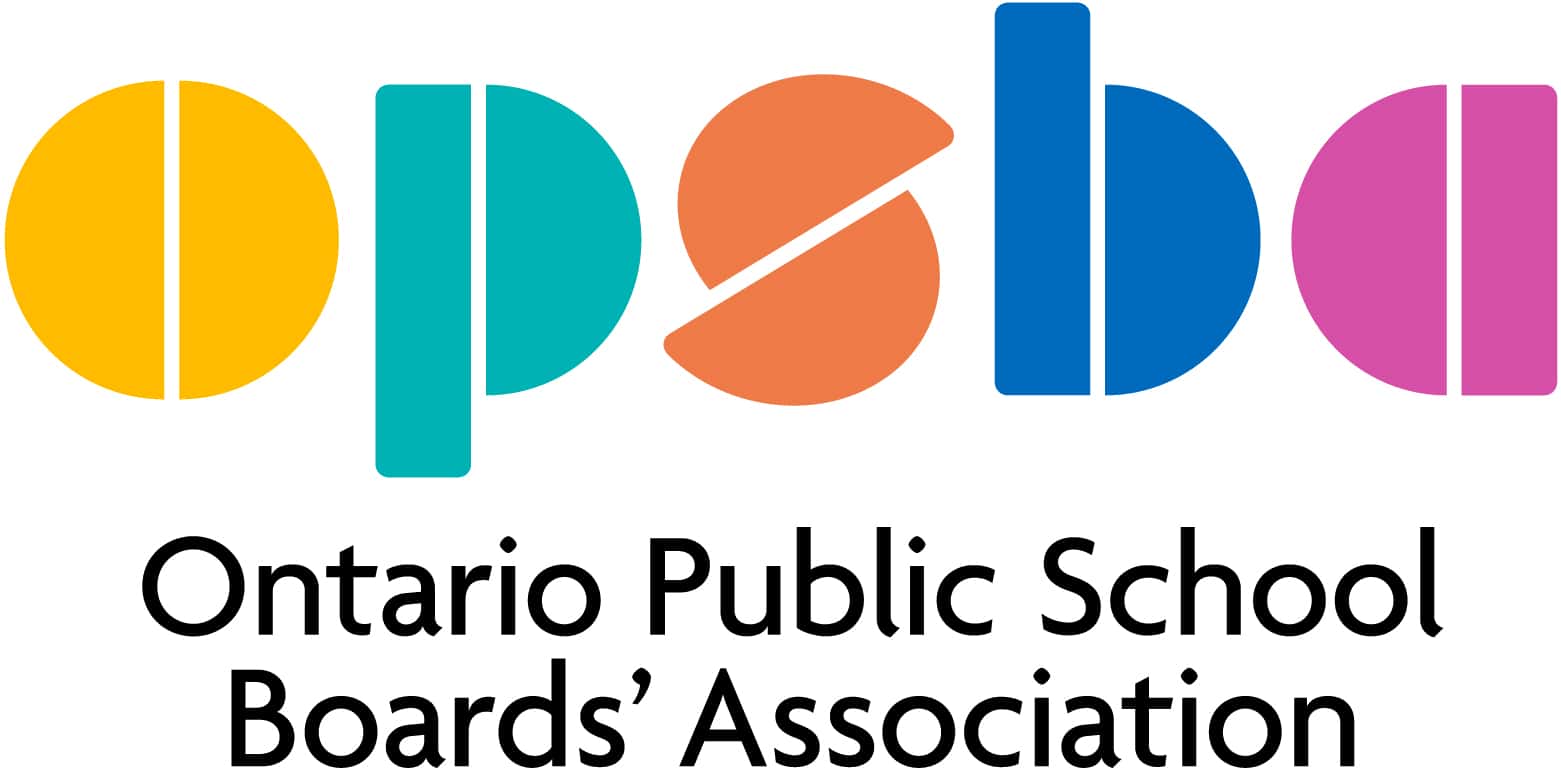
The Legislative Assembly of Ontario has resumed as of February 21, 2023 to begin the spring legislative session which officially ends after June 1, 2023. There will be two constituency weeks where MPPs return to their home ridings. These will occur during the weeks of April 10 and May 22. The by-election for the riding of Hamilton Centre has been called for March 16, 2023. This was the former riding of NDP MPP Andrea Horwath who was elected mayor for the City of Hamilton last October. Elections Ontario has information on key dates leading up to the by-election and a reminder of applicable ID. NDP MPP Laura Mae Lindo (Kitchener Centre) has indicated that she will resign after this next session before moving into a new role in July at the University of Waterloo.
2023-24 Grants For Student Needs and 2023 Provincial Budget Consultations
With the legislature resuming, OPSBA will be monitoring for indications as to when the Grants for Student Needs will be released. The Association will review the Grants and supporting memos and provide an overview for members. The provincial budget is to be presented by March 31, 2023 and is followed by the introduction of supporting legislation to implement the budget. OPSBA will review that as well for any education related impacts.
The government has released the 2022-23 Third Quarter Finances, which is, “to provide an update on Ontario’s economic and fiscal outlook since the release of the 2022 Ontario Economic Outlook and Fiscal Review.”
National Report on Child and Family Poverty / Ontario Campaign 2000 Report Card: Poverty in the Midst of COVID-19
On February 16, Campaign 2000 released its annual national report card on child and family poverty, Pandemic Lessons: Ending Child and Family Poverty is Possible. The report card finds that during the pandemic, rates of child poverty in Canada were reduced by a record 40%. It’s the largest year-over-year drop since the federal government promised to end child poverty in 1989. The report says this progress is mainly due to temporary pandemic benefits like CERB. The report also shows that nearly 1 million children were still living in poverty, and rates are projected to rise without continued measures. First Nations, Inuit and Métis children and children in marginalized groups, including immigrant and racialized children, and in lone female-led families continued to experience disproportionately higher poverty rates.
Other News Releases and Information
- February 16, 2023: Ontario Human Rights Commission Statement, OHRC statement on Code obligations of education officials
- February 15, 2023: News Release, Ontario Connecting Youth Leaving Care with Supports to Succeed
- February 9, 2023: News Release, Ontario Building Vital Indigenous Road Links


